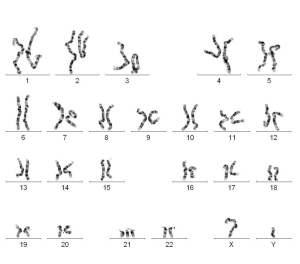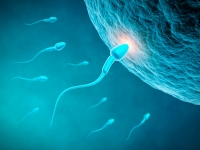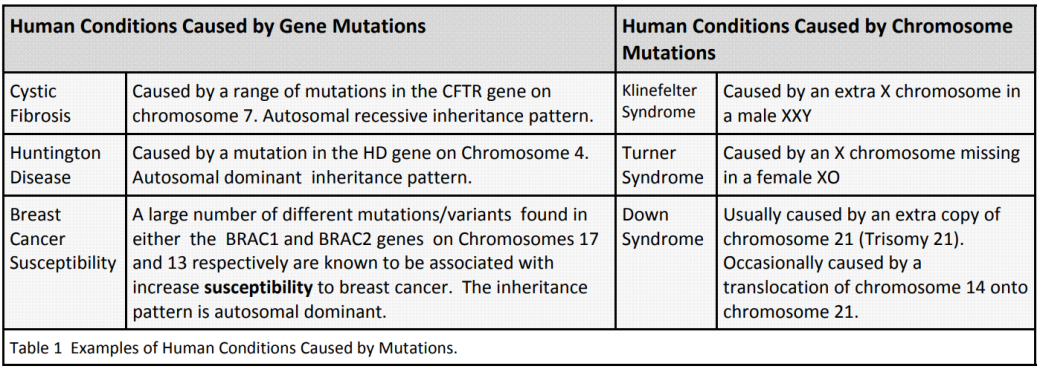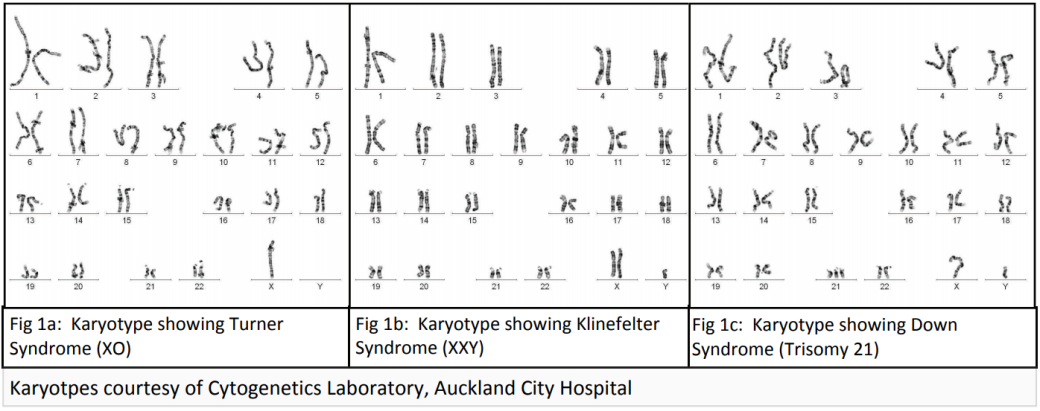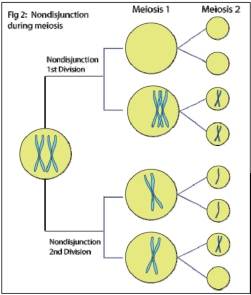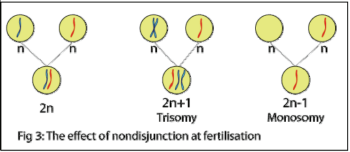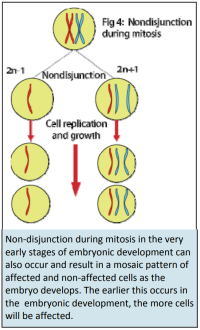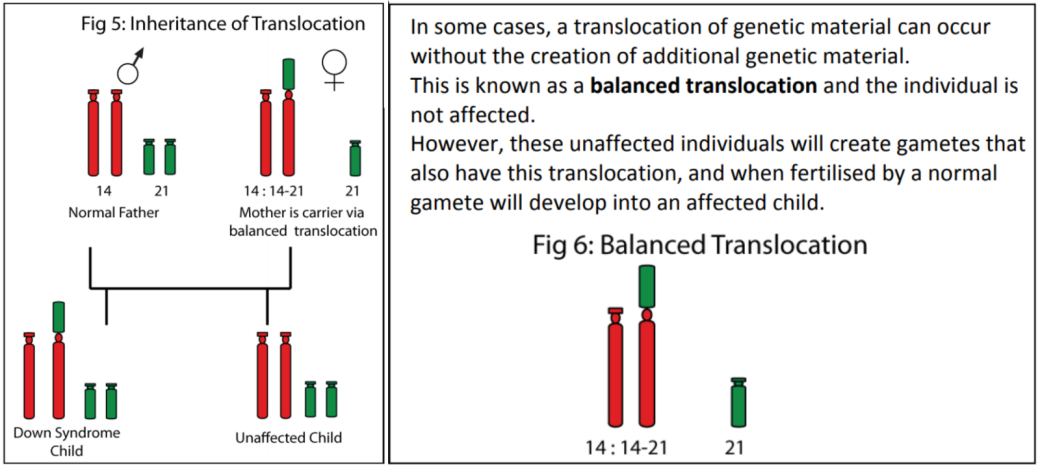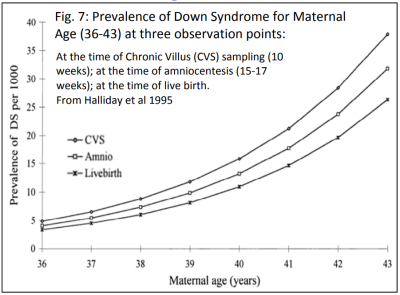In 2008, 64,343 children were born in New Zealand, 51% male and 49% female. All arose as a result of a successful conception, pregnancy and birth. However, pregnancy isn’t always straightforward and many conceptions do not result in live births or result in live births which bring with them challenges for both parents and child, associated with potential or actual health issues.
About 15% of all confirmed pregnancies result in miscarriage. Additionally, many miscarriages occur before a woman has missed her period and therefore may not know that she is pregnant. Chromosome abnormalities within the embryo are the most common cause of miscarriage in early pregnancy.
All parents hope that their children will have a healthy life. Scientists know that a good start to life is a pre‐requisite to a long and healthy life. There are many factors that determine whether a child has a healthy start to life. Some of these, such as the environment in the womb can be determined by what the mother eats and whether she uses drugs during the pregnancy. Others, such as the genes that are inherited by the embryo at conception cannot be controlled. Worldwide, 6% of infants are born with serious birth defects. Some of these conditions can be treated and controlled, some lead to an increased susceptibility to disease over a lifetime, while others cause permanent disabilities, significant pain and suffering and may lead to premature death.

